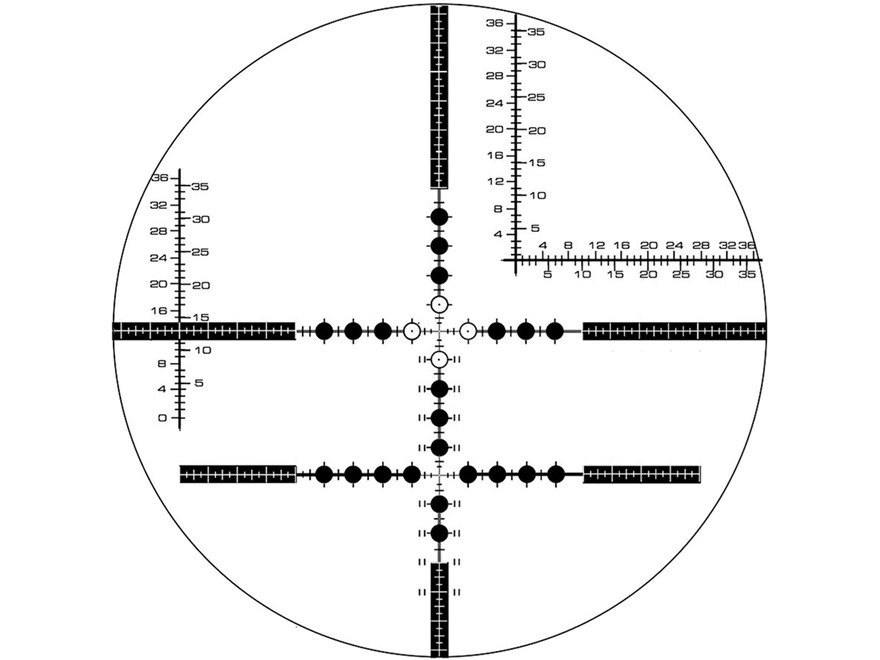This article was originally written in 2000-01. It has never been published. It is a companion piece to Monstrous Tactics: Ethereal Marauders.
The fearsome marauders possess every advantage of a natural predator, including a maw of unearthly, trilateral fangs. But to their fierce physical prowess, the marauders also adds the uncannily  dangerous ability to shift at will between the material and ethereal planes – striking out at their prey from a universal hiding place of which few are aware, and fewer still can hope to detect. Their dangerous, ephemeral attacks can prove the bane of any who are not prepared for their assault.
dangerous ability to shift at will between the material and ethereal planes – striking out at their prey from a universal hiding place of which few are aware, and fewer still can hope to detect. Their dangerous, ephemeral attacks can prove the bane of any who are not prepared for their assault.
HELPFUL TIPS
- Use see invisibility or invisibility purge to strip a marauder of its ability to surprise
- Use hold monster or dimensional anchor to trap the marauder on your own turf
- Stay together – don’t split your forces between the material and ethereal plains
- Pay attention to the marauder’s keening wail
PREPARATION
SKILLS AND FEATS: The ethereal marauder’s primary advantage is their ability to emerge spontaneously from the ethereal plane onto the material plane at will. As a result, you’re going to want to be prepared to detect and respond to the marauder as quickly as possible. The Spot skill (along with the bonuses conferred by the Alertness feat) will help you detect the marauder as he shifts into your area (preventing your from being surprised). Once the marauder has appeared, you’re going to want to be able to strike before he disappears again – so consider Improved Initiative to give you an advantage on that all-important second round. If your Dexterity score is high enough to make it worth your while, you may also want to consider Combat Reflexes.
SIGHT SPELLS: Prepare spells which will allow you to see onto the ethereal plane, stripping the marauder completely of its ability to surprise you. See invisibility, true seeing, and invisibility purge are your best options here (particularly the last, as it will grant everyone in your party the ability to see the marauder if it draws near the spellcaster).
ATTACK & DEFENSE SPELLS: Its important to remember that force effects, gaze effects, and the entire abjuration school of magic extends onto the Ethereal Plane – and can affect a marauder there. Spells like magic missile have an obvious usefulness, therefore – as does wall of force. It can be easy to overlook the usefulness of dimensional anchor (trapping the marauder either on the ethereal plane — where he can’t harm you — or the material plane – where you can kill him), so don’t.
ETHEREAL MOVEMENT: It should go without saying that spells like ethereal jaunt and etherealness may be useful. Similarly, magic items which allow travel between planes (or simply the assumption of an ethereal form) should be invaluable to the party when confronting or hunting a marauder.
TACTICS
SEE YOUR ENEMY: As long as the marauder can see you – and you can’t see it – it’s going to have the advantage. So, once you become aware of the marauder’s presence (and presumable interest in making you a quick snack), the first thing you’re going to want to do is have your spellcaster bring out his anti-invisibility spells. Even if its only the spellcaster who can see the marauder, that can still be useful – he should be able to communicate enough information to the rest of the party so that the marauder’s sudden appearances are no longer taking you by surprise.
AFFECT YOUR ENEMY: Next, you’re going to want to find ways to hurt the marauder. This is where your spellcaster’s force effects are going to come in handy – since it can take the attack to the marauder no matter where it’s lurking. On the other hand, you don’t want to neglect the ability for the other members of the party to take their shots when the marauder visits the material plane.
If you spread out, the marauder is going to able to pick you off one at a time. The best formation, therefore, is a tight circle – probably with your spellcaster at the center. When the marauder appears to make his attack, he should be within reach of at least two or three attackers: A few solid blows and your troubles will be over before they began.
TRAP YOUR ENEMY: If you can use force effects or dimensional anchor to trap the marauder (either where you can hurt it, or where it can’t hurt you) you will have essentially stripped the marauder of its primary advantage – making things far easier for you. At that point, you will either have completely eliminated the threat (by trapping it where it can’t hurt you) or reduced it to little more than a common wolf.
PURSUE YOUR ENEMY: If the marauder escapes death, he may come back later to trouble you again. Pursuing a marauder onto the ethereal plane may be the only way to finally rid yourself of its threat. However, an important cautionary note should be made here: It can be very tempting for someone who can move in the ethereal plane to do so the minute the marauder shows up. In doing so, however, you need to be aware that you are – in fact – dividing your forces. If you’re a spellcaster, in particular, isolating yourself on the ethereal plane may not accomplish anything more than making yourself the marauder’s next meal.
PAY ATTENTION TO THE WHINE: Ethereal marauders have an unearthly, high-pitched wail or whine which they emit almost constantly. Its quality and pitch varies depending on its physical health – so keep at least one ear trained on it.



 dangerous ability to shift at will between the material and ethereal planes – striking out at their prey from a universal hiding place of which few are aware, and fewer still can hope to detect. Their dangerous, ephemeral attacks can prove the bane of any who are not prepared for their assault.
dangerous ability to shift at will between the material and ethereal planes – striking out at their prey from a universal hiding place of which few are aware, and fewer still can hope to detect. Their dangerous, ephemeral attacks can prove the bane of any who are not prepared for their assault.









